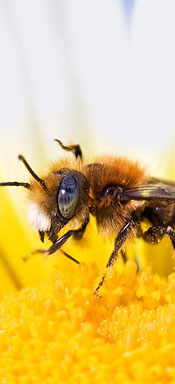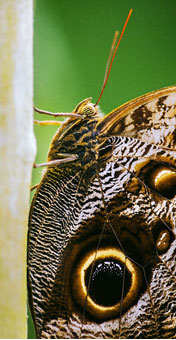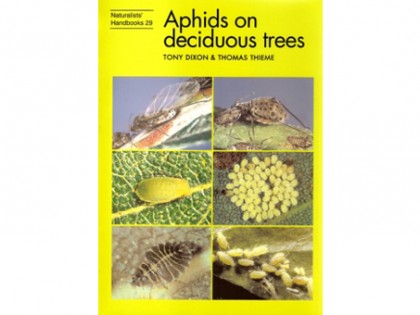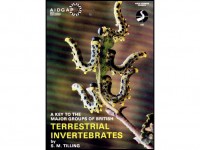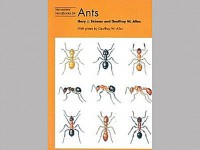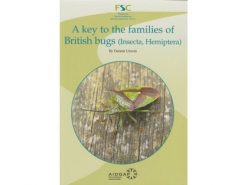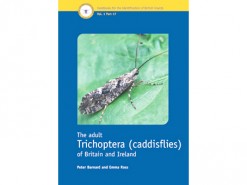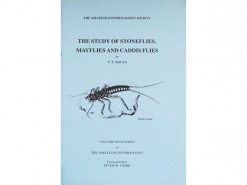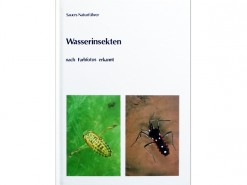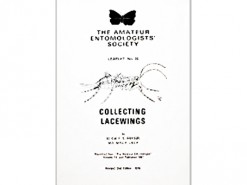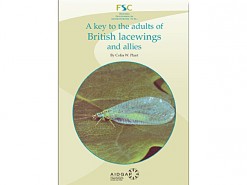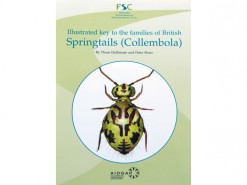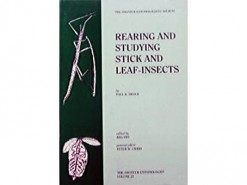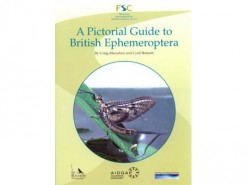BLADLUIZEN OP LOOFBOMEN
by Tony Dixon & Thomas Thieme
Aphids are tempting subjects for investigation because they are often abundant, easily found, and unlikely to run away, and because of intriguing facts about their biology such as polyphenism, parthenogenesis, gall formation, and the production of a soldier morph. However, until now identification has presented a severe challenge to the beginner, because there are so many rather similar species, many of which have several different forms. The authors make this much needed Naturalists’ Handbook accessible by confining themselves to aphids leaving on broad-leaved trees. This has reduced the problems of identification to manageable proportions and should encourage more field studies of this important and ubiquitous group of insects.
Contents
Introduction;
Aphids: Distribution; Evolution; Size; Food; Symbionts; Host specificity; Reproduction; Life cycle; Dispersal;
Trees as habitat: Seasonality; Trees’ commitment to defence;
Natural enemies: Natural enemies of aphids; Structure of aphidophagous mechanisms;
Abundance: Role of natural enemies; Role of host abundance; Role of intraspecific competition;
Sex: Mechanism; Sex ratio;
Distribution and global warming: Regional distribution; Global warming and distribution; Global warming and aphid abundance;
Identification: Introduction to the keys; Terms; Preparing aphids for identification; The keys; Descriptions of genera and species;
Techniques and approaches to original work: Collecting and observing aphids in the field; Rearing aphids in the laboratory; Experiments;
Useful addresses; References and further reading.
Home/Entomologie Literatuur/Diversen Literatuur/Naturalist's Handbooks
Aphids on deciduous trees
€ 26,95 (€ 24,72 ex BTW)
Op voorraad
Beschrijving
Extra informatie
| Cover | Paper Back |
|---|---|
| Taal | Engels |


